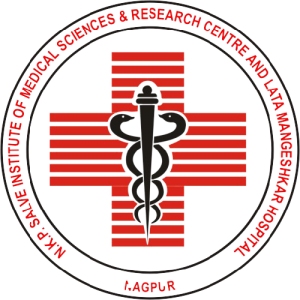Ahead of Print
Novel Ophthalmological insights into the cause of winter trends of corona virus infection and emergence of a new hypothesis.
Authors: Parthasarathi Roy
DOI: 10.18231/j.pjms.13052.1761293451
Keywords: Meibum flow, Seasonal changes, Tears pH, Tears temperature, Relative humidity of air, Covid-19 pandemic, SARS CoV-2, Carboxylate ion.
Abstract: Context: Winter trends corona virus infection were observed world-wide during Covid 19 pandemic. Eyes appear to play a key role in replication and downstream transmission of SARS-CoV2 virus. Aims: To study seasonal changes of properties of tears like pH, Temperature and meibum flow status in normal subjects. Secondary aims is to see whether winter changes, if any, of properties of tears gives rise to a hypothesis as to the cause of preponderance of SARS CoV-2 virus infection in that season. Settings and Design: This study was done in RIO, Medical College Hospital, Kolkata, as a prospective comparative study in age and sex matched eight normal volunteers and data were collected for each subject for four seasons of the year namely, Spring, Summer, Falls, Winter. Proper informed consents were taken. Subject's temperature (with appropriate thermometers) at three locations in 1. Right-eye Lower conjunctival cul-de-sac 2. Oral cavity, 3. Forehead. Subject's Right eye Tears pH (with appropriate pH strips) were recorded. Relative humidity of the day was taken from meteorological department's database. For meibum flow status, clinical grading of 'Plugging of Gland orifices’ and grading of 'Ease of meibum expression’. Statistical Analysis: Data were computed in an EXCELL sheet and analysed. Results: pH of cul-de-sac remained 8 for all subjects for all seasons. In first three seasons, no plugging and blockage was seen in any subjects (grade 0). In November, five out of eight subjects showed obstruction (difficulty) of meibum flow (grade 1 in four subjects, grade 2 in one subject). (p< 0.001 for ‘winter season’; P=0.006, P=0.011, P=0.014 for humidity and temperatures respectively). Conclusions: In winter there was obstruction to meibum flow, and therefore there was serious jeopardization of protection against corona infection due to less availability of carboxylate ion (soap) forming fat in tears making the subjects susceptible to infection.
